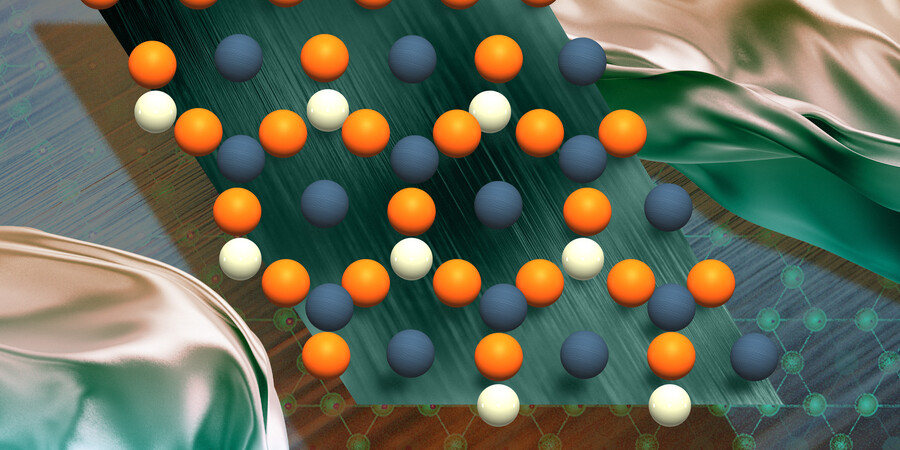Memristive crossbar arrays perform multiply–accumulate operations by utilizing physical laws, boosting power efficiency and computing throughput. Based on ionic motion, memristive devices are also bio-realistic emulators for artificial neurons and synapses. In this talk, I will first introduce a computing memristor for analog in-memory computing. I will then showcase an AI accelerator made by integrating memristive crossbars with CMOS circuitry. Finally, I will discuss a diffusive memristor and its application in neuromorphic engineering.
This event is a joint Microsystems Technology Laboratories (MTL) and AI Hardware Program Seminar.

Speaker
Qiangfei Xia
Dr. Xia directs the Nanodevices and Integrated Systems Lab (http://nano.ecs.umass.edu) at UMass Amherst. His research interests include beyond-CMOS devices, integrated systems, and enabling technologies, with applications in machine intelligence, reconfigurable RF systems, and hardware security. He is a ‘highly cited researcher’ (Clarivate) and an IEEE Fellow
Explore
New Tool Makes Generative AI Models More Likely to Create Breakthrough Materials
Zach Winn | MIT News
With SCIGEN, researchers can steer AI models to create materials with exotic properties for applications like quantum computing.
Photonic Processor Could Enable Ultrafast AI Computations with Extreme Energy Efficiency
Adam Zewe | MIT News
This new device uses light to perform the key operations of a deep neural network on a chip, opening the door to high-speed processors that can learn in real-time.
AI Method Radically Speeds Predictions of Materials’ Thermal Properties
Adam Zewe | MIT News
The approach could help engineers design more efficient energy-conversion systems and faster microelectronic devices, reducing waste heat.




